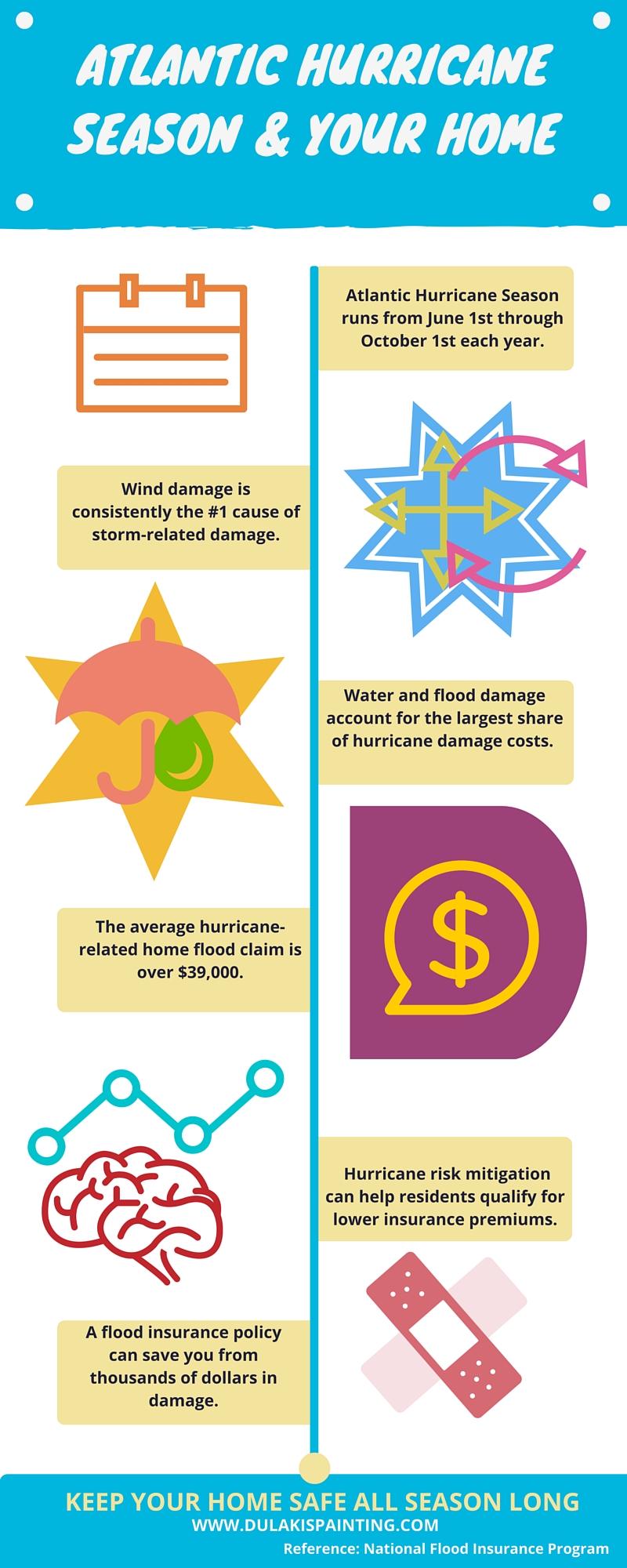Check Out The Impact Of Seasonal Aspects On The Performance Of Commercial Exterior Painting And Identify The Optimal Times To Accomplish Long-Lasting Results For Your Project
Check Out The Impact Of Seasonal Aspects On The Performance Of Commercial Exterior Painting And Identify The Optimal Times To Accomplish Long-Lasting Results For Your Project
Blog Article
Created By-McLamb Whalen
When you're preparing a business exterior paint task, seasonal aspects can make or break your results. You'll wish to think about how temperature level and moisture impact paint application and drying times. Picking the best period can ensure your paint sticks correctly and lasts much longer. Yet which seasons are absolutely the best for this kind of job? Let's discover paint expire that can impact your task's success.
The Impact of Temperature Level on Paint Application
When you're planning an industrial external painting project, the temperature level can significantly affect exactly how well the paint sticks and dries.
Preferably, you intend to paint when temperatures vary between 50 ° F and 85 ° F. If it's also chilly, the paint may not treat appropriately, bring about problems like peeling off or splitting.
On local house painter near me , if it's also warm, the paint can dry out also swiftly, preventing proper bond and leading to an uneven coating.
You must additionally consider the moment of day; morning or late afternoon supplies cooler temperature levels, which can be extra beneficial.
Always check the producer's recommendations for the details paint you're making use of, as they typically give guidance on the optimal temperature level array for ideal outcomes.
Humidity and Its Effect on Drying Times
Temperature level isn't the only environmental aspect that affects your industrial exterior painting project; humidity plays a considerable duty too. High moisture levels can reduce drying out times drastically, influencing the general top quality of your paint work.
When the air is filled with dampness, the paint takes longer to treat, which can result in problems like inadequate bond and a higher danger of mildew growth. If you're repainting on a specifically humid day, be prepared for extensive delay times between coats.
It's crucial to monitor neighborhood weather and plan accordingly. Ideally, go for moisture levels between 40% and 70% for ideal drying.
Keeping these factors in mind ensures your job stays on track and delivers a long-term coating.
Best Seasons for Commercial Exterior Paint Projects
What's the very best time of year for your business external paint jobs?
Spring and very early autumn are commonly your best options. During these seasons, temperature levels are light, and moisture levels are commonly lower, creating optimal conditions for paint application and drying.
Prevent summer's intense heat, which can trigger paint to completely dry as well rapidly, resulting in poor bond and finish. Similarly, winter's cool temperatures can impede proper drying and curing, risking the durability of your paint job.
Go for days with temperatures between 50 ° F and 85 ° F for optimum outcomes. Remember to examine the local weather prediction for rainfall, as wet problems can spoil your task.
Preparation around these elements guarantees your paint project runs efficiently and lasts much longer.
Final thought
In conclusion, intending your commercial outside paint jobs around seasonal factors to consider can make a substantial distinction in the outcome. By organizing work during the optimal temperature levels and moisture levels, you'll make sure better adhesion and drying out times. Bear in mind to watch on neighborhood weather report and pick the correct time of year-- spring and very early autumn are your best options. Taking these steps will certainly assist you attain a durable and expert surface that lasts.
